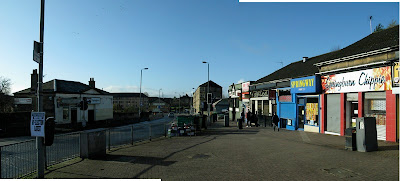Tommy Sheridan - the self-described 'The best fighter that money can't buy' -was expected to do fairly well. An early sign that all was going badly was in a Guardian media interview in which Sheridan responded with increasing bile to easy questions, while Galloway stood at his side muttering things like 'Judean Liberation Front'. One of the most puzzling and least analysed aspects of British politics is why working-class constituencies - unlike elsewhere in Europe - do not vote for left-wing parties (parties to the left of Labour that is). The BNP candidate may have lost his deposit, but still outpolled Sheridan and the other socialist pygmies put together. Later, in his Daily Record ciolum, Galloway drew a lesson for the fading appeal of socialism in general - 'Left-wing politics of the kind Tommy - and, to some extent, I - represent have missed that floodtide. We will have return to the drawing board, or else be beached for ever.' |




















































